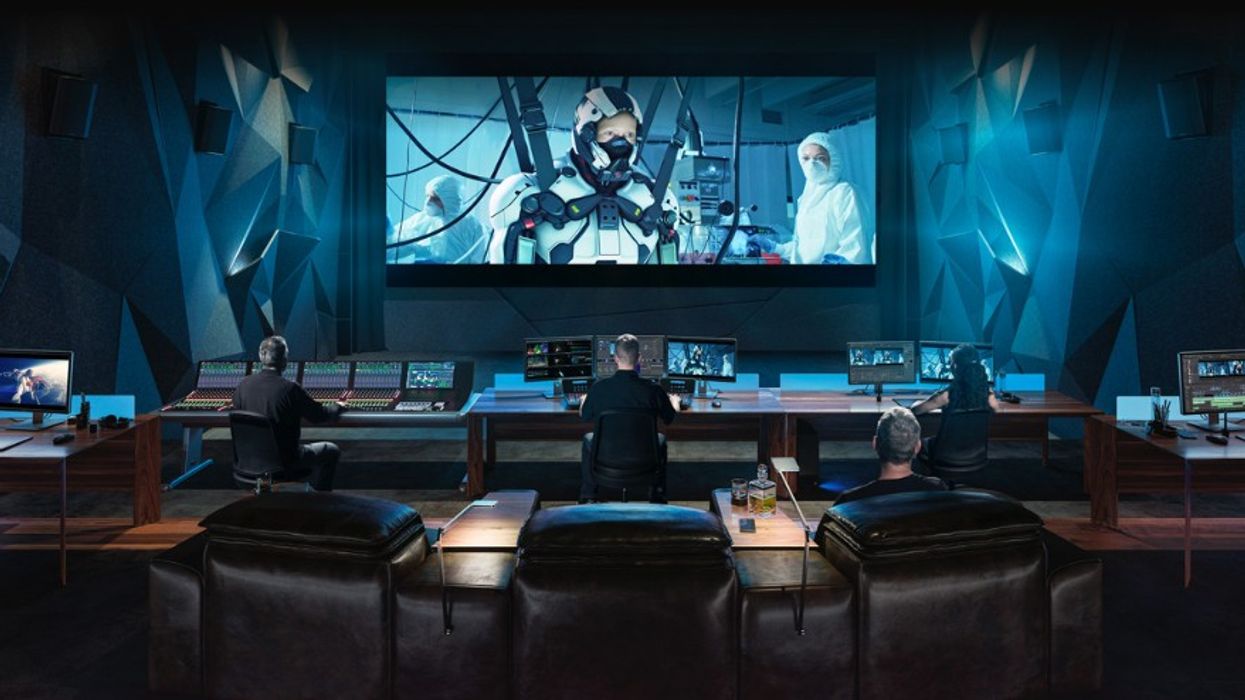Here Are Our Favorite DaVinci Resolve 17 Features
Exploring the best of what DaVinci Resolve 17 has to offer.

Blackmagic Design recently released DaVinci Resolve 17 to great fanfare. This latest version has over 100 new features and 200+ improvements that allow you to work faster, smarter, and more efficiently.
Resolve has been popular among crew members for its color grading ability, but with Resolve 17 each page—edit, cut, color, Fusion, Fairlight—the program has become one of the best all-in-one solutions for filmmakers.
On top of that, there's a free version. The Studio version with a one-time cost of $295 is well worth the upgrade.
Let's dive into the standout features on every page.

Fusion
I can't talk enough about Fusion macros, and the absolute unlimited potential borne from creating your own custom tools.
The ability to create Fusion macros was in earlier versions as well, but it’s the easier Edit page integration that puts this feature at the top of my list.
I build my effect template on the Fusion page. In this example, it's a simple channel swap, and I can then choose and rename the parameters that I want adjustable on the Edit page. Once it’s saved in the right place, it shows up as an Edit page effect.
It's Resolve's democratization of writing and ease of sharing plug-ins that is exciting because it’s worlds more accessible than the parallel Nuke functionality which is tied to a $5,000 price tag.
Honorable Mention: Being able to view audio waveforms (and hear) in the keyframe editor—making effects timed to sound much easier. Customizable toolbar with presets and layout presets.

Edit
The new tabbed inspector is a useful change, tied to the use of Fusion macros mentioned above.
My pick, however, goes to the proxy workflow, an alternative to optimized media. The proxy workflow allows you to easily create files that can travel and be relinked. Taking a page out of Adobe’s book, Blackmagic is thinking about mobility and flexibility.
They also now allow lightweight sharing of bins (.drb) and timelines (.drt) in addition to project sharing (.drp).
Hear that, editors? You can now share dirts along with your derps.

Honorable Mention: An incredible amount of new effects (and they are teasing more to come in 17 updates).
Notably, keying in the Edit page and video collage. Smart Reframe allows you to easily reframe for social media formats.
It's less useful to me, but I’m excited about other applications for their AI neural engine.

Color
This was an exciting update for the color page. They debuted two big tools: the HDR grading palette and the Color Warper (already affectionately named The Spider).
I’m not a dedicated colorist, but I know well-written tools when I see them. It comes down to flexibility and intuitiveness.
The most impressive element about the HDR panel for me is the zones tab that allows the user to adjust the placement and falloff of the specific tonal ranges they are adjusting. You can see where the tonal ranges correspond to the histogram of your image and even add your own zone with a corresponding wheel.

The Color Warper is an even more fun piece of engineering. It makes so much sense to base a color tool around the HSL wheel, which is the most intuitive way to understand color. It’s great to have a tool on top of the vectorscope trace rather than the histogram in the curves. There are so many different selection options, it’s interesting to think of the applications for all of them.
I do worry that having such beginner-friendly tools like the Color Warper can be dangerous to burgeoning colorists who may be tempted to approach an image in a look-specific way. Not anchoring to a principle-based workflow is a good way to paint yourself into a corner.
Honorable Mention: The ability to pop out tools is a gift. The magic mask, another AI neural engine application that recognizes and masks people with astounding results and lives up to the name.

Fairlight
This was more of an update for the large-scale user than a small-scale one, with a new bussing architecture and Dolby Atmos functionality. However, they do have an intention behind the update to make Fairlight more accessible for the keyboard and mouse user rather than console control, which is admirable.
For my workflow, the best new feature is transient detection. When enabled on a track, transient detection automatically marks the peaks in my audio clips. I can then use those divisions to navigate and add precision to the edit selection mode keyboard workflow. This is super helpful when I am sound editing or if I have to match video to the beat.
Now, my up/down arrow navigation can go from edits to markers to fades to transients (all enabled in the timeline view options in the toolbar).
Honorable Mention: Finally automation follows edit! Added speed change on the Fairlight page so you don’t have to go to the Edit page.
Like what you read? You can check out my favorite Fairlight features from version 16.
Do you have any favorite DaVinci Resolve 17 features? Sound off in the comments below.











